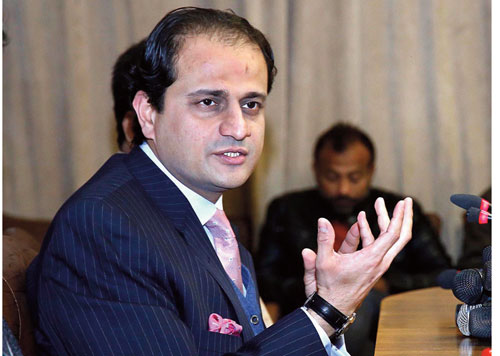Karachi, Pakistan’s bustling economic hub, faces a dire water shortage as its population has skyrocketed from 9.6 million in 2003 to nearly 30 million today, according to recent census data. Mayor Murtaza Wahab, in a press conference held in Karachi on August 7, 2025, addressed these challenges head-on, emphasizing his administration’s commitment to delivering on promises made to the city’s residents.
Wahab announced significant steps to bolster the city’s water supply, including the approval of 100 million gallons per day (MGD) from the Water and Power Development Authority (WAPDA) and the upcoming inauguration of a new canal from Hub Dam.
Wahab highlighted the stagnation in Karachi’s water infrastructure, noting that the last major effort to improve the city’s water supply occurred 22 years ago.
“For years, we’ve relied heavily on Keenjhar Lake, and promises of the K-IV project have lingered since 2005 without delivering substantial results,” he said.
The mayor emphasized his proactive approach, refusing to dwell on lack of powers. He added, “When recent rains filled the Hub Dam, we urged the government to ensure water reached the city. Despite the dam being full, Karachi wasn’t receiving water, so we took the initiative to bring water from Hub to the city.”
On August 13, 2025, Karachi will see the inauguration of a new 100 MGD canal from Hub Dam, directly benefiting water-scarce areas like Manghopir, Orangi, Keamari, and Baldia Town.
Wahab also outlined plans to redirect water from the K-III project to other parts of the city, optimizing distribution.
The aging Hub Canal, built 45 years ago, is undergoing rehabilitation, with completion expected by December 2025.
“The Lasbela Canal supplies Balochistan, but Karachi’s needs are now our focus,” he said, addressing long-standing water shortages in areas like Baldia and Ittehad Town.
“Every announcement made is being fulfilled,” he reiterated.


Leave a Reply